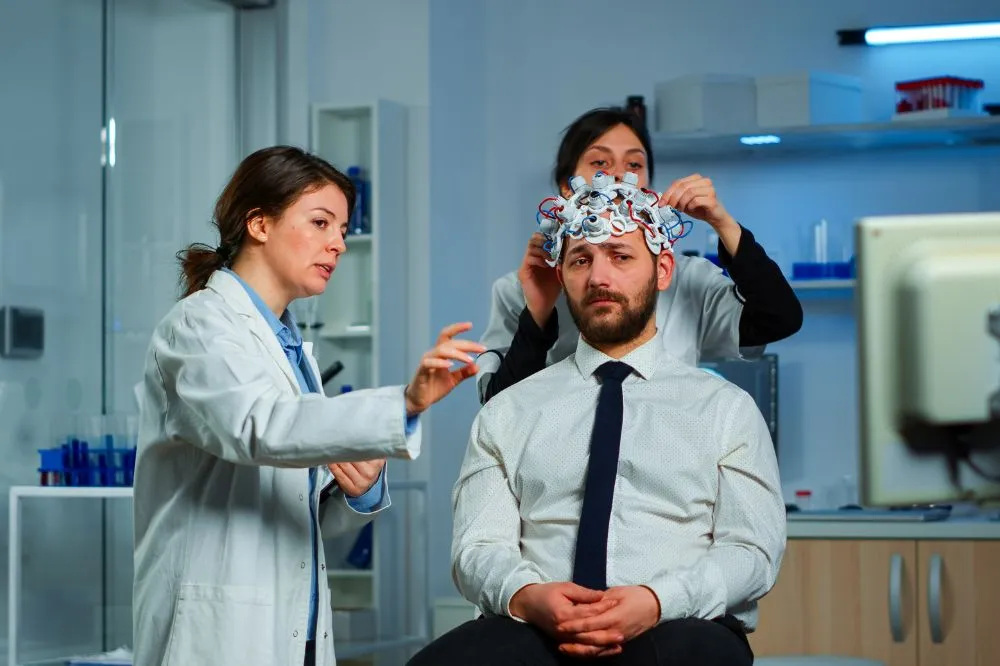Summary: Chronic pain is challenging to treat. Many people living with chronic pain continue to suffer for months or even years despite medical treatment. Inadequate chronic pain opioid addictionology treatment has contributed to the opioid epidemic. One of the ways to overcome chronic pain is patient education. Teaching patients self-care will help manage pain and prevent its future episodes. However, doctors do not have time and motivation for patient education, as they are not reimbursed for it. The new digital system tries to overcome this gap in patient care by providing an education system to doctors. It is a system that can be integrated into any electronic health record. It uses intelligent algorithms, predictive analytics, and more. It also ensures fair compensation to the healthcare workers for patient education.
Chronic pain is among the leading causes of disability. US data shows that almost one-fifth of adults live with chronic pain, and about 8% have severe pain. In addition, poorly managed chronic pain is one of the reasons for the opioid epidemic in the US. Therefore, doctors need to frequently assess the pain scores of their patients and adjust treatment plans.
Clinicians should prescribe medications and support and coach patients in self-care. However, the problem is that doctors lack time and tools and are not reimbursed for better ongoing patient support.
Patient-centered addiction and chronic pain care
This model of care tries to close the existing gap in patient care. It provides telemedicine coaching to patients to manage chronic pain and reduce its risk. This approach also fulfills the current gap by reimbursing the health professionals for training patients in self-care through telemedicine.
Telemedicine care includes the following:
● Validated pain and risk assessment tools.
● Patient engagement platform containing digital lessons that are readily integrated into any electronic health record system. Based on the EHR, the program can provide personalized training to the patients. It can also help track outcomes remotely.
● Telemedicine coaching encourages patients to make lifestyle changes and thus helps them recover faster from pain.
● Remote monitoring dashboard that helps doctors track the progress being done by the patient.
● It also contains predictive analytics using artificial intelligence to predict long-term health outcomes.
Patient-centered transformative care
The critical thing about the program is that it is highly engaging and thus helps patients to make needed changes. It uses the following strategies:
● Create a well-structured pain management program, and provide tele-coaching to the patients. It focuses on the seven realms of a patient’s life; body, lifestyle, mind, emotions, spirit, environment, and social life.
● The program helps make shifts to patient-centered care, thus facilitating patient empowerment and greater engagement and hence improving the long-term outcomes.
● The program encourages shared decision-making so that the patient develops a better understanding of the condition, and this also results in shared responsibilities.
● It promotes support from family and friends, as they play a crucial role in reducing pain and managing addiction.
● It helps develop interactive content that is easy for patients to remember and thus incorporate into their life.
● Create a simple and doable action plan.
Studies show that more than fifty percent of cases of chronic pain cases still have pain even after a month. Even worse, many of them continue to experience pain for several years. This happens despite the best treatment. It appears that in many cases, the cause of this poorly managed chronic pain is the lack of self-management training for the patients.
Thus, transformative care can provide the right tools to the doctors for shifting to patient-centered care, providing healthcare workers with the necessary digital tools for this transformation, and assisting them with patient education.
Transformative care provides research-based tools that take a minimum time for the clinicians, help in remote monitoring, and have predictive data analytics. It also solves the issue of reimbursement by health plans.
To conclude, managing chronic pain is challenging, and patients continue to experience pain even several months after continued treatment. It appears that the leading cause is poor self-management of painful conditions by the patients, as doctors lack time and tools to educate the patients. Therefore, new transformative care digital tools try to fulfill this gap and thus help with better patient outcomes.






